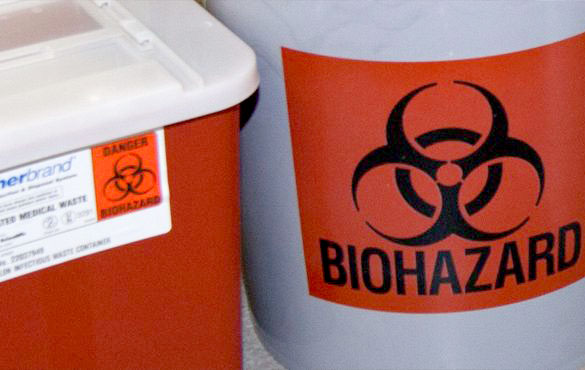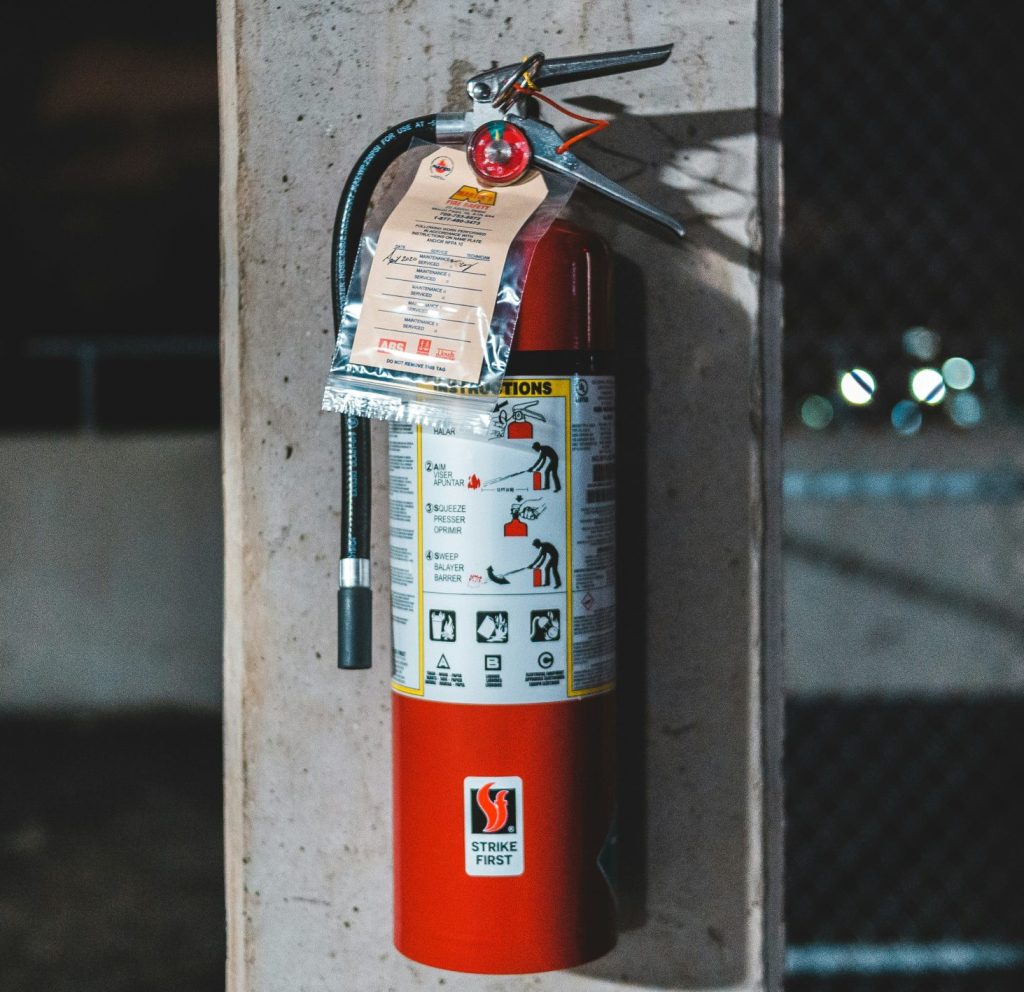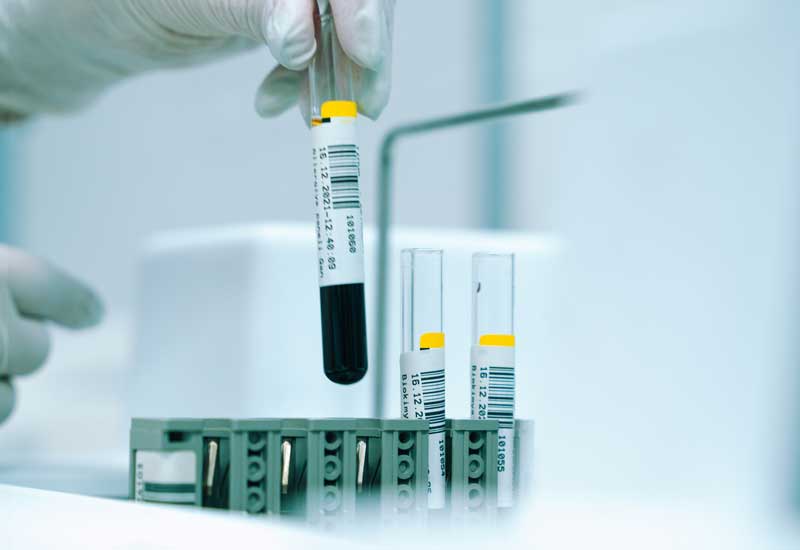Hazmat & Radiation
Hazardous substances pose a risk to both lab and other personnel who may contact the chemicals or animals during:
- Preparation activities
- Animal dosing
- Husbandry activities
- Cleaning cages
- Changing and disposing of bedding
To protect the broad range of individuals with potential exposure, all hazardous substances must be identified in all relevant locations where animal research is conducted including:
- Research labs
- Animal housing
- Cage wash
- Locations where chemicals may be:
- Stored
- Prepared
- Used (i.e. procedure rooms)
Biological Exposure Risks
Biological substances posing a risk to personnel include:
| Biological Substances | Definition |
|---|---|
| Pathogenic Agent | Any material known to harbor organisms or agents capable of infecting human or animal hosts or causing environmental harm if released. |
| Human Source Material | An agent known to be transmissible through contact with human blood, blood products, body fluids, tissue or cells. |
| Recombinant DNA | Nucleic acid molecules formed by laboratory methods, to bring together genetic material from multiple sources, creating sequences that would not otherwise be found in the biological organism. |
| Select Agents | Any substance (viruses, bacterial, and toxins), with the potential of being used as bioweapons or posing significant risk to agriculture or public health. |
Chemical Exposure Risks
Chemical material, posing a risk to personnel, based on the following hazard classifications:
- Acute Toxin
- Antineoplastic or another hazardous drug listed in the National Institute for Occupational Safety and Health (NIOSH) Hazardous Drug List
- Reproductive Hazard
- Mutagen
- Carcinogen
- Target Organ Toxin
- Investigational, Novel, or Experimental Compound
- Environmental Hazard
Radiation Exposure Risks
Use appropriate shielding when working with gamma, neutron, and high-energy beta emitting radionuclides:
| TYPE OF EMITTER | SHIELDING MATERIAL | EXAMPLE |
| Low-density |
|
| High-density |
|
| Hydrogenous material |
|
When handling unsealed radioactive material or contaminated objects laboratory personnel must wear the following personal protective equipment:
- Laboratory coat
- Disposable gloves
- Eye protection
- Other RSS designated safety apparel
Working with Volatile Radionuclides
When working with volatile radionuclides, perform all activities in an EHS certified fume hood (average face velocity of 100 fpm at the working sash height).
WARNING: Only non-volatile or low-activity (< 500 uCi) radionuclide work may be performed in biological safety cabinets, which exhaust back into a laboratory room. Never use product protection only hoods (Laminar Flow Hoods) for work with radioactive materials.
Working with Radioiodines
Radioiodinations must be performed in an exhaust hood specifically approved for radioiodination by RSS and using an approved closed system procedure. In addition, each individual iodinator must have his/her first hot run observed and approved by an RSS health physicist. Refer to the U-M Iodination Safety Protocol brochure.
Working with Animals
Refer to the SOP for Use of Radioactive Material in Animals.
Waste Disposal and Collection
- Filling out a Color-Coded Cage Card
- Preparing Animal Waste and Bedding Contaminated with Radioactive Material for Collection
The Hazardous Waste Web page provides procedures for preparing biohazardous and radiological waste for disposal or collection.






